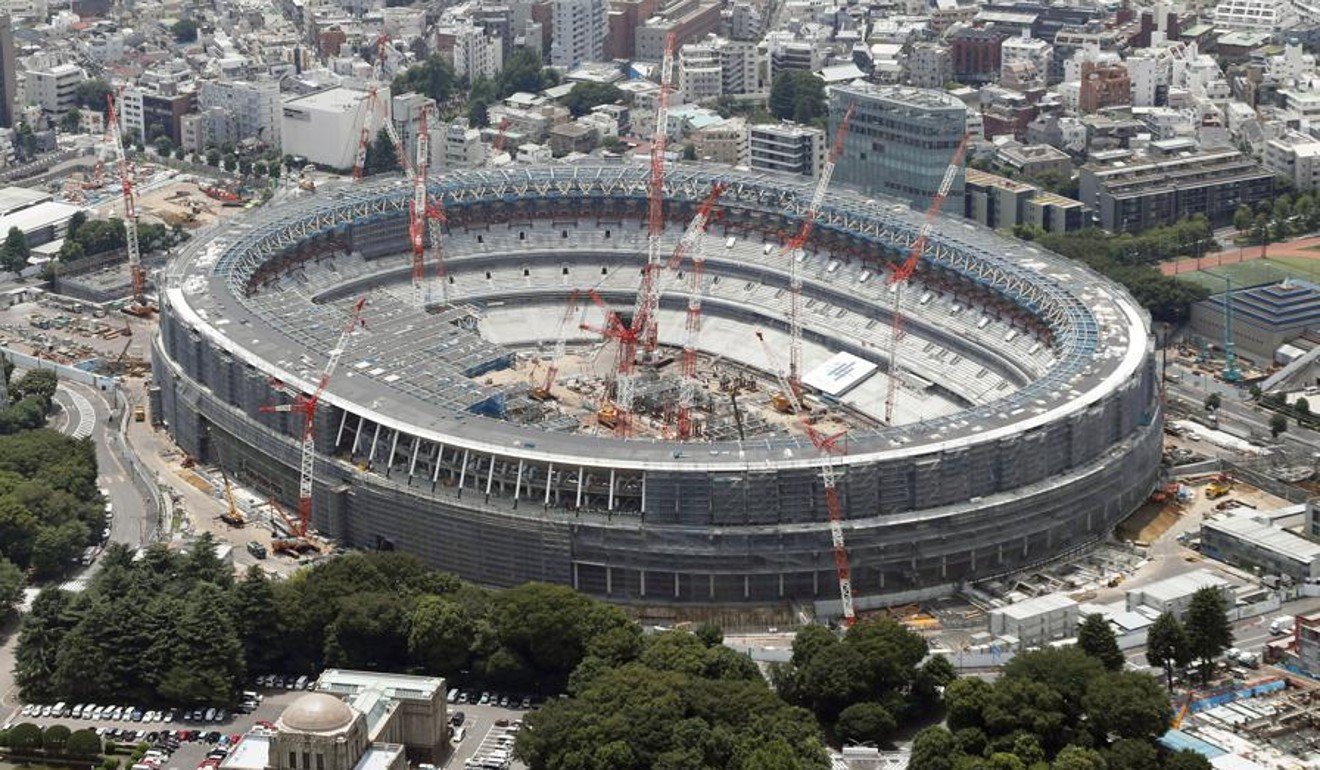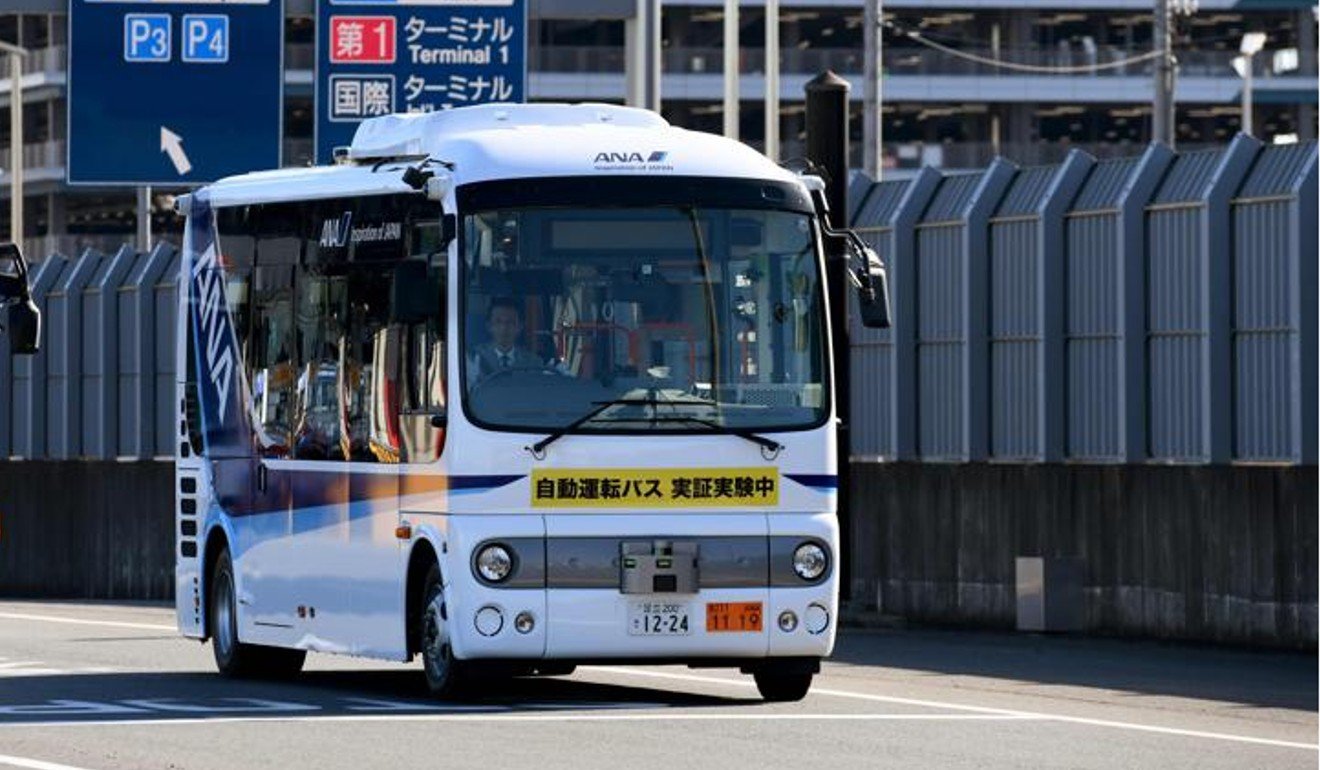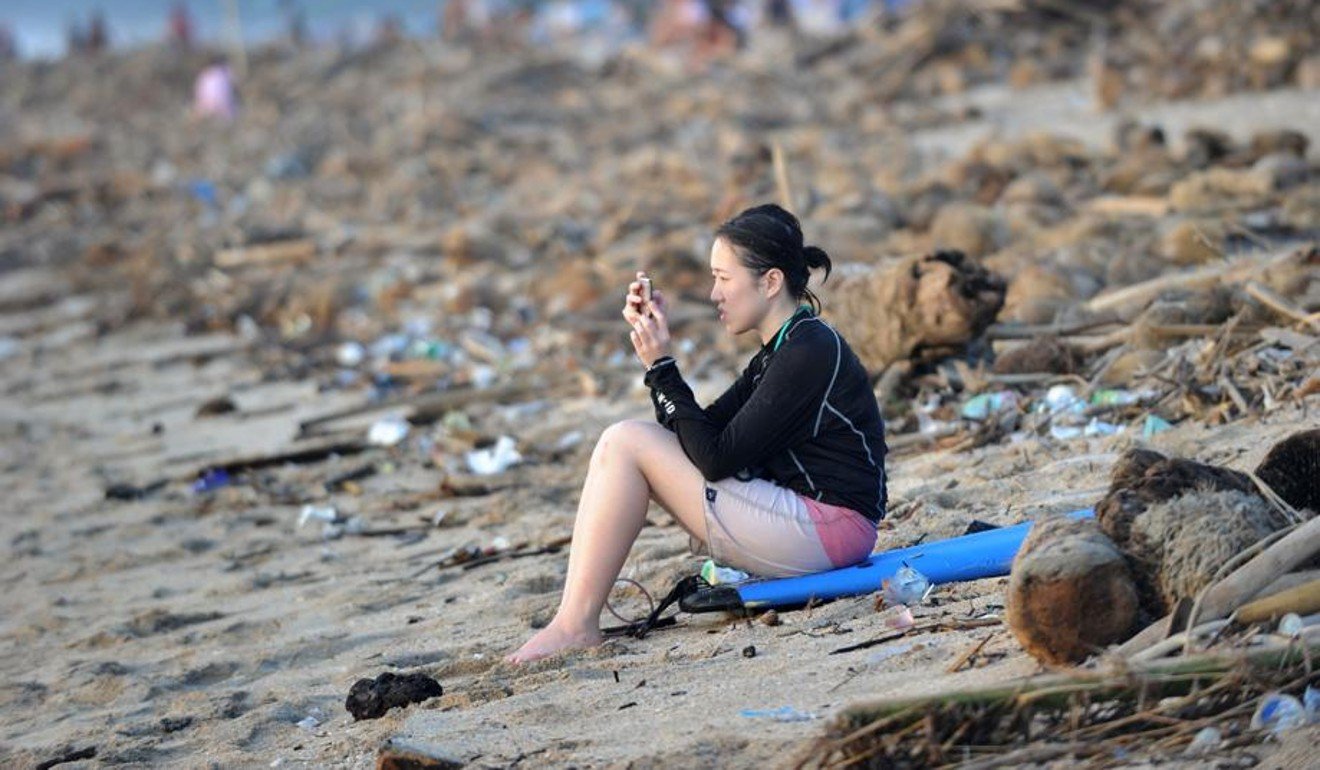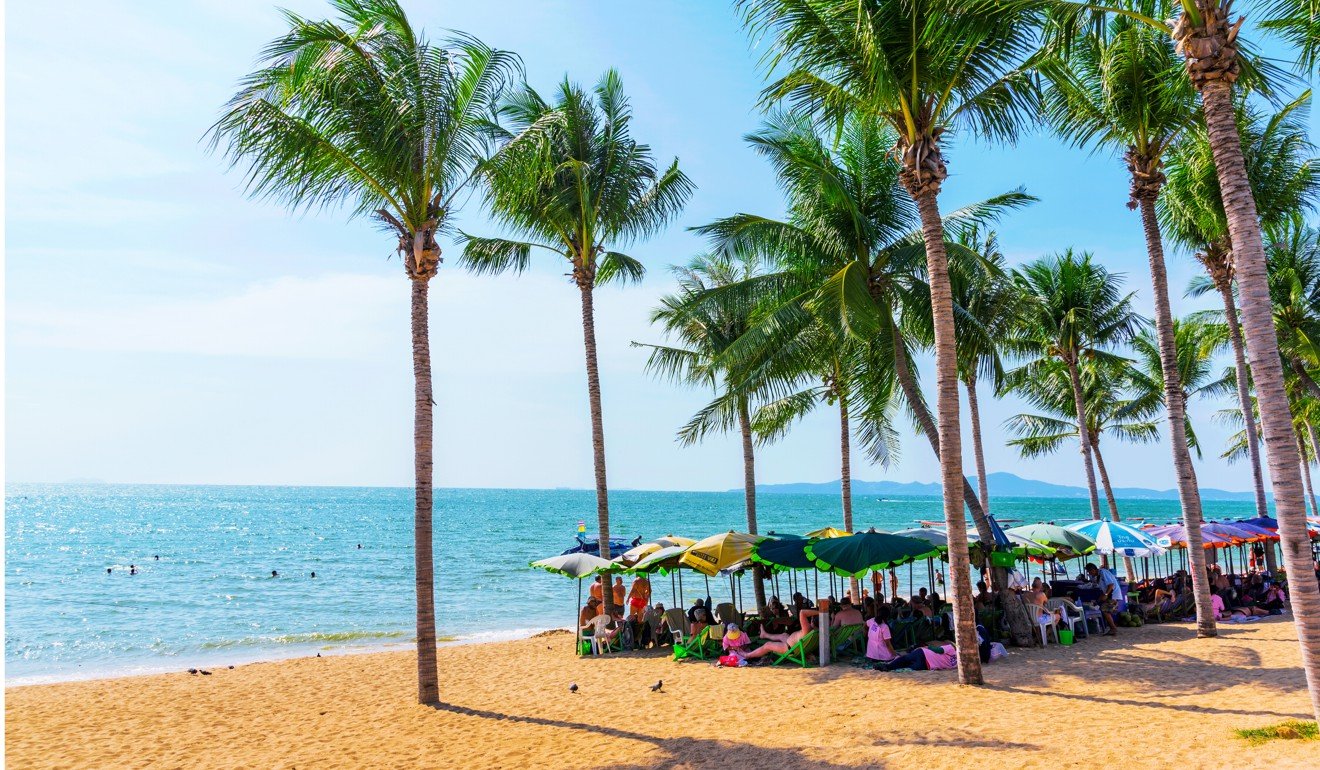
Porn free: Japan to take adult magazines off convenience-store shelves ahead of Tokyo Olympics
- As the Land of the Rising Sun prepares for 40 million visitors in 2020, it is employing the philosophy of kaizen, or improvement, to show its best side
- Everything from toilets to public transport will get an upgrade
On January 22, Japanese news agency Kyodo reported that three major convenience-store operators – Seven-Eleven Japan, Lawson and FamilyMart, which together run more than 50,000 outlets – would stop selling “adult” magazines nationwide by the end of August in an attempt to make a good impression on overseas visitors, whose numbers are expected to swell for the 2019 Rugby World Cup, which kicks off in September, and next year’s Olympic and Paralympic games.
Rather than having been relegated to the top shelf, as erotic publications traditionally are in other nations, in Japan the titillation takes pride of place on low, easily accessible racks. “In the past, Seven-Eleven was mostly used by male customers to buy beverages and fast food, and our product assortment was designed accordingly,” the chain told Reuters.
Speaking to AFP, a spokesman for Seven-Eleven Japan said that porn magazines now accounted for less than 1 per cent of the company’s overall sales and that the decision to stop selling them had been reached after reviewing various points of view.
“We knew those sporting events are coming in the future, and those are among the factors that we considered,” he said, adding that more women and children were using 7-Eleven stores these days.

Other signs of kaizen will be driven by technology and sustainability, with stadiums and the athletes’ village powered by wind and solar energy; medals made from recycled electronics; driverless taxis deployed to ease pressure on the subway system; and luggage-carrying robot translators gliding around at airports.

All of which comes at an estimated cost of 1.35 trillion yen (US$12.2 billion), according to a December 21 article in English-language daily The Japan Times, although an earlier report published by the Board of Audit found that the country was on track to spend at least US$25 billion on the event, which would make it the third most expensive Olympics ever, after the 2008 Beijing Summer (US$42 billion) and the 2014 Sochi Winter (US$51 billion) games.
Getting rid of racy rags? Well, that’s priceless.
Bali’s beaches are rubbish, at least during monsoon season

It’s monsoon season on the Indonesian island of Bali, which means heavy rains, strong winds and waves of rubbish washing up onto otherwise beautiful beaches. Popular surfing spot Kuta, on the south of the island, is among the worst affected, with mountains of driftwood and single-use plastics marking the high-tide line.
An island-wide plastic ban comes into full effect in June, following a six-month grace period, but the majority of waste that washes ashore on Bali comes from elsewhere in Indonesia, which is the world’s second-largest producer of plastic waste, after China.
Speaking to Al Jazeera, Thomas Wright, a PhD candidate in anthropology at Australia’s University of Queensland whose research focuses on plastic waste in Indonesia, said: “Much of the marine plastic litter in Indonesia originates from land-based sources. If a household does not have access to a recycling plant or waste-collection services, household waste – including plastic – is discarded in a river or burned.”
Any waste that has been thrown into river systems will eventually make its way to the sea, where monsoon tides take it back to land, littering the coastline in the process and making many of Bali’s beaches more than a bit rubbish.
Thailand’s summer starts on February 21, and it’s going to be a scorcher

Citing the Thai Meteorological Department, a February 18 article in the Bangkok Post reports that temperatures for the upcoming summer season, which officially starts on February 21, could be one to two degrees higher than average, sending the mercury soaring as high as 43 degrees Celsius in northern provinces. And it is not only scorching heat that is forecast.
“People should be cautious about water shortages, too,” said Phuwieng Prakhammintara, director general of the Thai Meteorological Department, at a press conference in Pattaya. “Precipitation during this summer is also expected to be lower than average, so we should use water wisely during the summer months.”
Typically lasting from March to June, Thailand’s hot, wet summers are low season for visitors. Especially sizzling ones, like last year’s and potentially the one to come, indicate the increasing impact of climate change. Chilling stuff.

